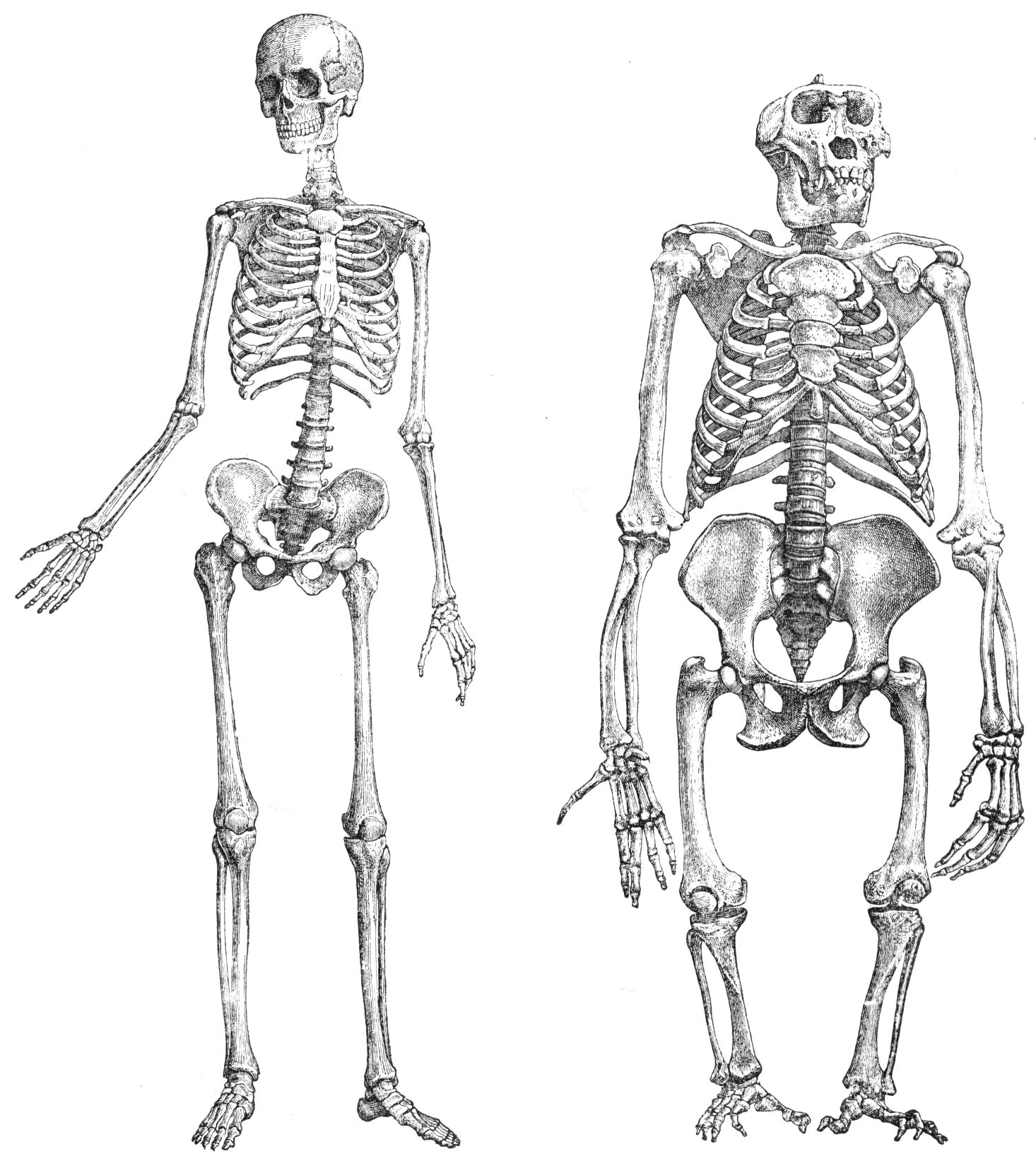|
Takedown (grappling)
In martial arts and combat sports, a takedown is a technique that involves off-balancing an opponent and bringing them to the ground with the attacker landing on top. The process of quickly advancing on an opponent and attempting a takedown is known as shooting for a takedown, or simply shooting. In rulesets of many sports, such as Judo and Sambo, a well executed throw will end the match (with the idea being that if the match did not happen on a tatami, the one who was thrown would be unable to stand back up) while the match will continue on the ground if a takedown is used instead. Takedowns are featured in all forms of wrestling and Judo. Leg trip The leg trip is a technique in which the combatant uses their own leg(s) to off-balance an opponent, hence causing the opponent to fall to the ground. Leg trips are often integrated into more complex takedown techniques, and are also important in many throws. Takedown techniques that are pure leg trips usually involve controlling th ... [...More Info...] [...Related Items...] OR: [Wikipedia] [Google] [Baidu] |
Wrestling
Wrestling is a martial art, combat sport, and form of entertainment that involves grappling with an opponent and striving to obtain a position of advantage through different throws or techniques, within a given ruleset. Wrestling involves different grappling-type techniques, such as clinch fighting, throws and takedowns, joint locks, pins, and other grappling holds. Many different wrestling techniques have been incorporated into martial arts, combat sports, and military systems. Wrestling comes in different forms, the most popular being professional wrestling, which is a form of athletic theatre. Other legitimateThe term "wrestling" is most often widely used to specifically refer to predetermined professional wrestling, which is very different from the legitimate (or real-life) wrestling combat predominantly detailed in this article. competitive forms include Greco-Roman, freestyle, judo, sambo, folkstyle, catch, shoot, luta livre, submission, sumo, pehl ... [...More Info...] [...Related Items...] OR: [Wikipedia] [Google] [Baidu] |
Greco-Roman Wrestling
Greco-Roman (American English), Graeco-Roman (British English), or classic wrestling (Euro-English) is a style of wrestling that is practiced worldwide. Greco-Roman wrestling was included in the first modern Olympic Games in 1896 and has been in every edition of the summer Olympics held since Wrestling at the 1904 Summer Olympics, 1904.FILA WrestlinHistory of Greco-Roman Wrestling This style of wrestling forbids Grappling hold, holds below the waist, which is the main feature that differentiates it from freestyle wrestling (the other form of wrestling contested at the Olympics). This restriction results in an emphasis on throw (grappling), throws, because a wrestler cannot use trips to Takedown (grappling), bring an opponent to the ground or hook/grab the opponent's leg to avoid being thrown. Greco-Roman wrestling is one of several forms of amateur competitive wrestling practiced internationally. The other wrestling disciplines sanctioned by United World Wrestling are: men's fre ... [...More Info...] [...Related Items...] OR: [Wikipedia] [Google] [Baidu] |
Strike (attack)
A strike is a directed, forceful physical attack with either a part of the human body or with a handheld object (such as a melee weapon), intended to cause blunt trauma, blunt or penetrating trauma upon an opponent. There are many different varieties of strikes. A strike with the hand closed into a fist is called a ''punch (strike), punch'', a strike with a fingertip is called a ''jab'', a strike with the leg or foot is called a ''kick'', and a strike with the head is called a ''headbutt''. There are also other variations employed in martial arts and combat sports. "Buffet" or "beat" refer to repeatedly and violently striking an opponent; this is also commonly referred to as a combination, or combo, especially in boxing or fighting video games. Usage Strikes are the key focus of several sports and arts, including boxing, savate, karate, Muay Lao, taekwondo and wing chun. Some martial arts also use the fingertips, wrists, forearms, shoulders, back and hips to strike an oppone ... [...More Info...] [...Related Items...] OR: [Wikipedia] [Google] [Baidu] |
Sprawl (grappling)
A sprawl is a martial arts and wrestling term for a defensive technique that is done in response to certain takedown attempts, typically double or single leg takedown attempts. The sprawl is performed by scooting the legs backwards, so as to land on the upper back of the opponent attempting the takedown. The resultant position is also known as a sprawl or sprawling position. Ideally, the sprawling combatant should create safe hip extension as much as possible and keep his knees off the floor. His options from the sprawl include attempting to gain leverage on the lower back by hooking underneath the elbows, throwing in a headlock, and grabbing his opponent's ankles and trying to get behind his opponent. Keeping the knees off the ground creates more weight pushing down on the opponent. In mixed martial arts, sprawling is an important aspect of the sprawl-and-brawl strategy, while it is also used by numerous other wrestler Wrestling is a martial art, combat sport, and form of ... [...More Info...] [...Related Items...] OR: [Wikipedia] [Google] [Baidu] |
Double Leg Takedown Leg Trip
Double, The Double or Dubble may refer to: Mathematics and computing * Multiplication by 2 * Double precision, a floating-point representation of numbers that is typically 64 bits in length * A double number of the form x+yj, where j^2=+1 * A 2-tuple, or ordered list of two elements, commonly called an ordered pair, denoted (a,b) * Double (manifold), in topology Food and drink * A drink order of two shots of hard liquor in one glass * A "double decker", a hamburger with two patties in a single bun Games * Double, action in games whereby a competitor raises the stakes ** , in contract bridge ** Doubling cube, in backgammon ** Double, doubling a blackjack bet in a favorable situation ** Double, a bet offered by UK bookmakers which combines two selections * Double, villain in the video game '' Mega Man X4'' * A kart racing game '' Mario Kart: Double Dash'' * An arcade action game ''Double Dragon'' Sports * Double (association football), the act of a winning a division and pri ... [...More Info...] [...Related Items...] OR: [Wikipedia] [Google] [Baidu] |
Human Leg
The leg is the entire lower limb (anatomy), limb of the human body, including the foot, thigh or sometimes even the hip or Gluteal muscles, buttock region. The major bones of the leg are the femur (thigh bone), tibia (shin bone), and adjacent fibula. There are 30 bones in each leg. The thigh is located in between the hip and knee. The calf (leg), calf (rear) and Tibia#Structure, shin (front), or shank, are located between the knee and ankle. Legs are used for standing, many forms of human movement, recreation such as dancing, and constitute a significant portion of a person's mass. Evolution has led to the human leg's development into a mechanism specifically adapted for efficient bipedalism, bipedal gait. While the capacity to walk upright is not unique to humans, other primates can only achieve this for short periods and at a great expenditure of energy. In humans, female legs generally have greater hip anteversion and tibiofemoral angles, while male legs have longer femur a ... [...More Info...] [...Related Items...] OR: [Wikipedia] [Google] [Baidu] |
Kuchiki Taoshi
is a single leg takedown in Judo adopted later by the Kodokan into their Shinmeisho No Waza (newly accepted techniques) list. It is categorized as a hand technique, Te-waza. The technique was popularized by Kyutaro Kanda in 1926. Yaichihyōe Kanemitsu criticized it as a takedown lacking finesse, but included it in his acumen nonetheless. Yaichihyōe Kanemitsu, ''New Style Judo'', 1926 Technique Description Kuchiki taoshi is sometimes translated as "dead tree drop". In this throw the leg of the opponent is grabbed with one arm while pushing him onto his back. Included Systems Systems: *Kodokan Judo, List of Kodokan Judo techniques Lists: * The Canon Of Judo *Judo technique This is a list of judo techniques. They are categorized into Throw (grappling), throwing techniques (''nage-waza''), Grappling, grappling techniques (''katame-waza''), Judo atemi waza, body-striking techniques (''atemi-waza)'', blocks and parries ... External links Information on the Techniques ... [...More Info...] [...Related Items...] OR: [Wikipedia] [Google] [Baidu] |
Sukui Nage
is one of the original 40 throws of Judo is an unarmed gendai budō, modern Japanese martial art, combat sport, Olympic sport (since 1964), and the most prominent form of jacket wrestling competed internationally.『日本大百科全書』電子版【柔道】(CD-ROM version of Encyc ... as developed by Jigoro Kano. It belongs to the fourth group, Yonkyo, of the traditional throwing list, Gokyo (no waza), of Kodokan Judo. It is also part of the current 67 Throws of Kodokan Judo. It is classified as a hand technique, Te-waza. As of 2010, the IJF has banned grabs to the legs and as such this technique is no longer allowed in competitions with IJF rules. To grab at the legs in Judo competitions with IJF rules will result in a shido (penalty). Further reading * External links Alabama Judo Federation. Sensei Tirdad Daei. Judo: Te Waza - Sukui Nage - Morete Gari Judo technique Throw (grappling) {{judo-stub ... [...More Info...] [...Related Items...] OR: [Wikipedia] [Google] [Baidu] |
Martial Arts
Martial arts are codified systems and traditions of combat practiced for a number of reasons such as self-defence; military and law enforcement applications; combat sport, competition; physical, mental, and spiritual development; entertainment; and the preservation of a nation's intangible cultural heritage. The concept of martial arts was originally associated with East Asian tradition, but subsequently the term has been applied to practices that originated outside that region. Etymology "Martial arts" is a direct English translation of the Sino-Japanese word (, ). Literally, it refers to "武 martial" and "芸 arts". The term ''martial arts'' was popularized by mainstream popular culture during the 1960s to 1970s, notably by Hong Kong action cinema, Hong Kong martial arts films (most famously those of Bruce Lee) during the so-called "chopsocky" wave of the early 1970s. According to John Clements, the term '':wikt:martial art, martial arts'' itself is derived from an older ... [...More Info...] [...Related Items...] OR: [Wikipedia] [Google] [Baidu] |
Knee Strikes
A knee strike (commonly referred to simply as a knee) is a strike (attack), strike with the knee, either with the kneecap or the surrounding area. Kneeing is a disallowed practice in many combat sports, especially to the head of a downed opponent. Styles such as kickboxing and several mixed martial arts organizations allow kneeing depending on the grappling position, positioning of the fighters. Knee strikes are native to the traditional Southeast Asian martial arts and traditional Okinawan martial arts. Straight The straight knee (also known as a front knee) is a typical knee strike, and involves thrusting the front of the knee into the head or body of an opponent. The straight knee can be applied from a stand-up position both when the combatants are separated, or when they are grappling position#Stand-up grappling position, clinching. A particularly effective clinching position for throwing front knee is the collar tie#Double collar tie, double collar tie, where the head of th ... [...More Info...] [...Related Items...] OR: [Wikipedia] [Google] [Baidu] |





